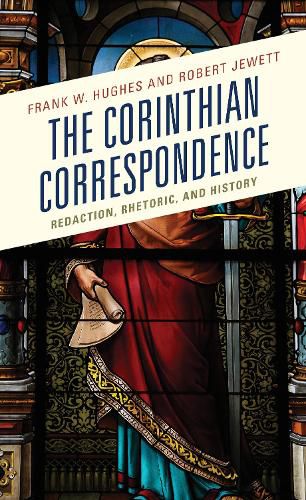Readings Newsletter
Become a Readings Member to make your shopping experience even easier.
Sign in or sign up for free!
You’re not far away from qualifying for FREE standard shipping within Australia
You’ve qualified for FREE standard shipping within Australia
The cart is loading…






In The Corinthian Correspondence, Frank W. Hughes and Robert Jewett argue that there were eight original letters by the Apostle Paul to the church in Corinth. In the first part of the book, they use literary and redaction criticism to show the reasons for the partition theory of 1 and 2 Corinthians. Analyzing each of the eight letters and letter-fragments using rhetorical criticism, they show how the original Corinthian letters were edited and reshaped into 1 and 2 Corinthians in the New Testament. After reflections on the rhetoric of these letters and the historical meaning of the reshaping of the images of Paul, a final chapter traces the consequences of the reshaping of the Corinthian correspondence and the adoption of the bound book (codex) instead of the original papyrus scrolls. Several figures help the reader understand the redactional process, and a new translation of the eight reconstructed Corinthian letters is provided.
$9.00 standard shipping within Australia
FREE standard shipping within Australia for orders over $100.00
Express & International shipping calculated at checkout
In The Corinthian Correspondence, Frank W. Hughes and Robert Jewett argue that there were eight original letters by the Apostle Paul to the church in Corinth. In the first part of the book, they use literary and redaction criticism to show the reasons for the partition theory of 1 and 2 Corinthians. Analyzing each of the eight letters and letter-fragments using rhetorical criticism, they show how the original Corinthian letters were edited and reshaped into 1 and 2 Corinthians in the New Testament. After reflections on the rhetoric of these letters and the historical meaning of the reshaping of the images of Paul, a final chapter traces the consequences of the reshaping of the Corinthian correspondence and the adoption of the bound book (codex) instead of the original papyrus scrolls. Several figures help the reader understand the redactional process, and a new translation of the eight reconstructed Corinthian letters is provided.